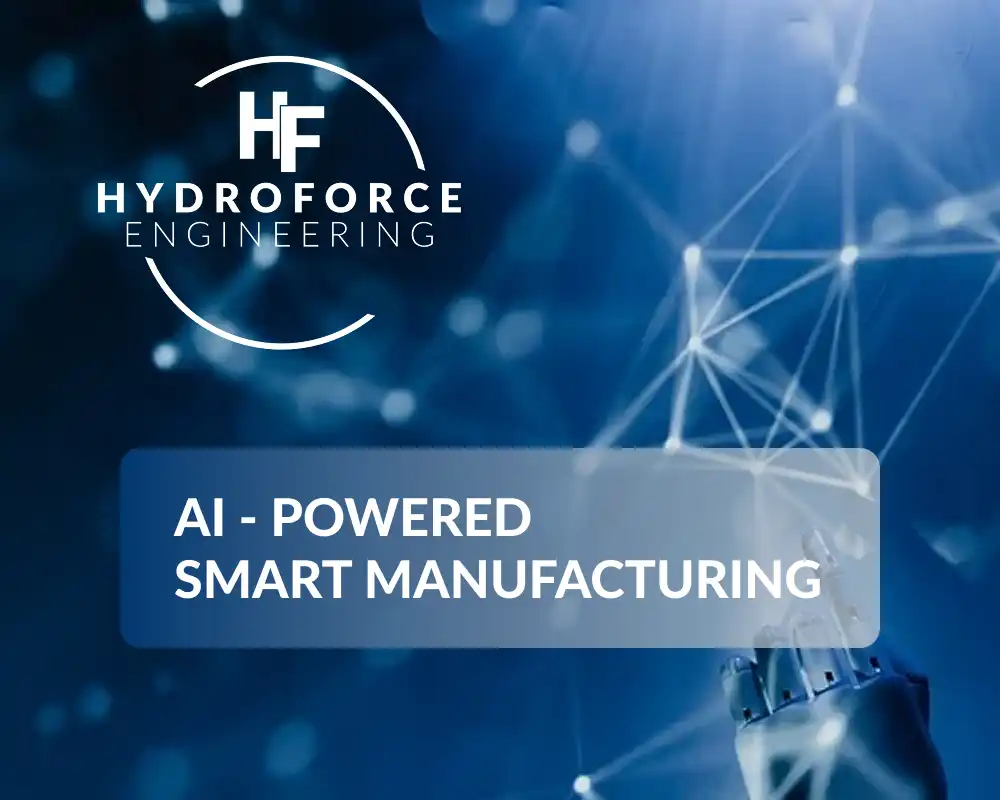
AI is revolutionizing powder metallurgy by automating complex processes, enhancing material properties, and streamlining production workflows. Key applications include:
The global PM market is projected to grow from $30 billion in 2022 to $40 billion by 2027, largely due to AI's impact on efficiency and cost reduction.
Japan has emerged as a leader in integrating AI into PM processes. For example:
Japanese manufacturers use AI to design alloys with tailored characteristics. By leveraging machine learning and Bayesian optimization techniques, they achieve breakthroughs in gas atomization processes for turbine-disk applications.
Europe is at the forefront of digital twin innovations in PM:
European manufacturers are utilizing AI-driven predictive maintenance systems to reduce downtime:
Focus Areas: Precision component processing; alloy design
Key Technologies: ARUMCODE; neural networks
Efficiency Gains: Reduced programming time; optimized compaction
Challenges: Skill shortages; high-mix production demands
Focus Areas: Additive manufacturing; predictive maintenance
Key Technologies: Digital twins; machine learning algorithms
Efficiency Gains: Improved process simulation; reduced downtime
Challenges: Integration complexity; expertise gaps
Despite significant advancements, both regions face hurdles:
The future of AI in PM looks promising: